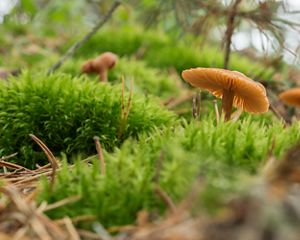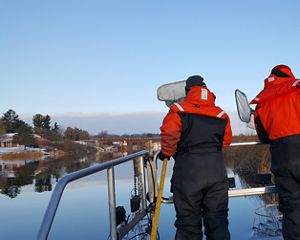
Clean Water, Great Beer
Behind every pint poured at one of Michigan's 350+ breweries are the forests and fresh water making it possible.
Beer has four main ingredients: water, grain, hops and yeast. While water may seem like the simplest of those ingredients, a lot goes into making sure we A) have enough fresh water; B) that water is clean. At the root of this is healthy forests. Some 40% of the world’s usable water is stored and filtered through forests. From the tree canopy all the way down to root systems, every part of a forest plays a critical role in cleaning and protecting our water supply.
Just over half of Michigan is forested. These 20 million acres play an important role for our wildlife, our workforce and our water. According to the Brewer’s Association, Michigan produces 842,216 barrels of craft beer every year. We need clean water to make it. And without healthy forests, it wouldn’t be possible.
Three Ways Forests Make Beer Possible
Your cold glass of beer is more than 90% water. In addition to the water in your beverage, water is used to produce other ingredients like grain and hops. This makes it an essential part of the brewing process. Enter forests.
1. Forests help stop erosion and reduce runoff.
When it rains, water has to go somewhere. Rather than rainfall rushing to the ground, the leaves and branches of a tree slow rainwater’s descent, preventing erosion. Meanwhile, tree roots slowly absorb water back into the ground, reducing the amount of runoff and pollutants that enter our waterways.
2. Forested watersheds clean water and recharge groundwater.
After tree canopies slow rainfall and the roots help the ground absorb the water, nutrients are filtered out. The water then flows into underground aquifers which provide an important source for clean water. At least 35% of the drinking water in the United States is supplied by groundwater.
3. Tree canopies of large forests influence rainfall patterns.
As you recline under a canopy on your favorite patio, tree canopies are hard at work. A tree's foliage releases water vapor into the atmosphere. This helps produce something known as "rivers in the sky" which are responsible for rainfall both locally and thousands of miles away.
We're Root-ing for Michigan Forests
So, we need clean water. Sound simple? Not so fast. The key here is that we need healthy forests to filter our water. Unfortunately, the health of Michigan’s forests has been challenged by a complex history of ownership and intensive use, as well as encroaching pests and disease.
That's why The Nature Conservancy (TNC) is demonstrating sustainable, data-driven forest management practices—and encouraging others to use them as well. Together, we can ensure Michigan’s forests remain healthy, resilient and productive for generations to come.
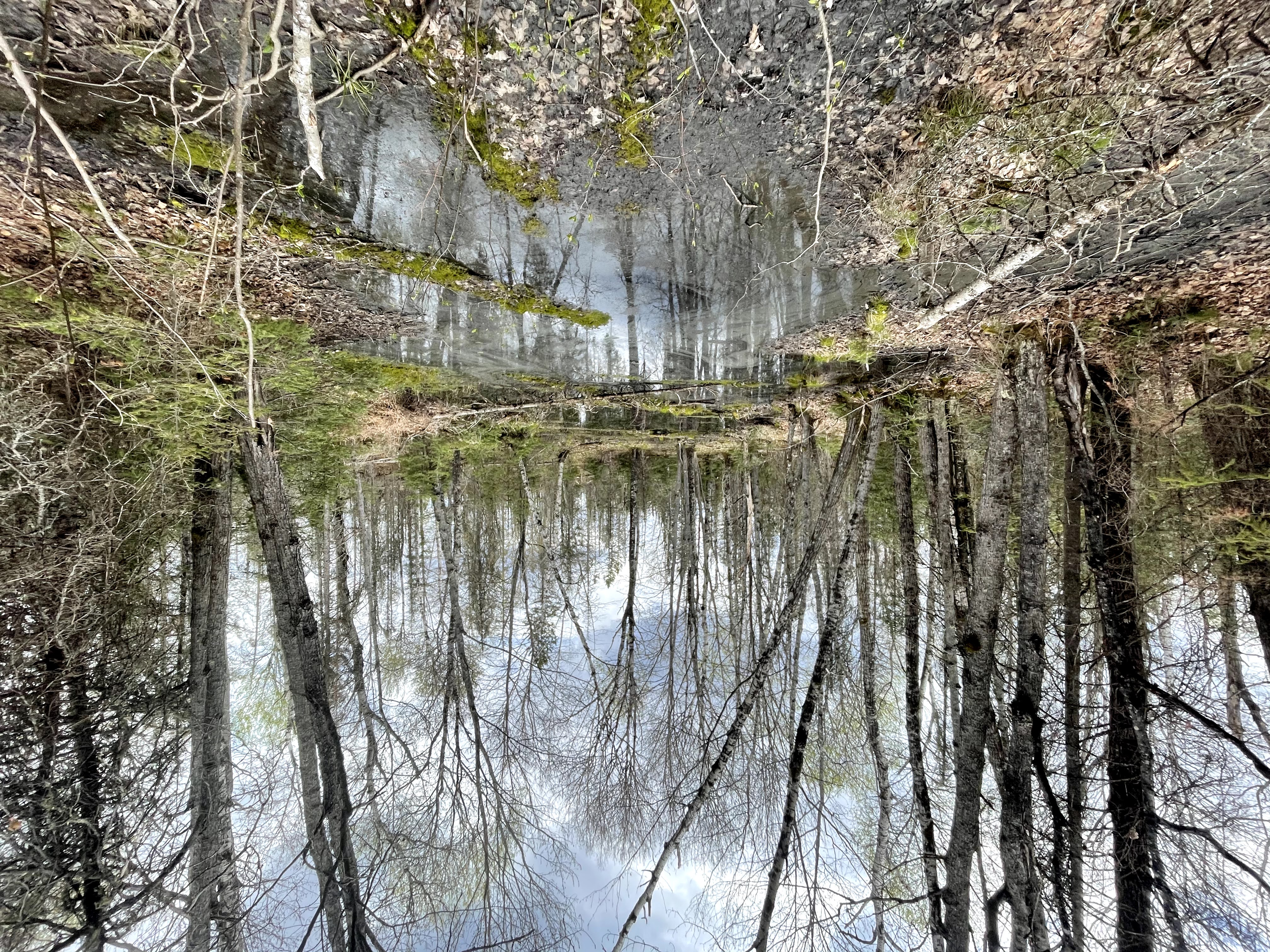
Strategy
Healthy Streams
For over a decade, TNC has partnered with the U.S. Forest Service to restore and protect forests along streams and rivers in the Ottawa National Forest, planting trees on over 1,100 acres. In the spring of 2022, we continued that tradition by planting more than 44,000 native seedlings, particularly in areas threatened or impacted by pests like the spruce budworm and emerald ash borer.
Healthy, diverse forests have a critical role to play in healthy freshwater ecosystems. They prevent erosion, maintain shade cover over streams and preserve the colder water temperatures that fish and other aquatic species depend on, especially in a changing climate. But Michigan’s northern forests, including those of the Ottawa National Forest, do even more for water. The streams they help filter are headwaters of the Great Lakes themselves—which 40 million people depend on for clean drinking water.
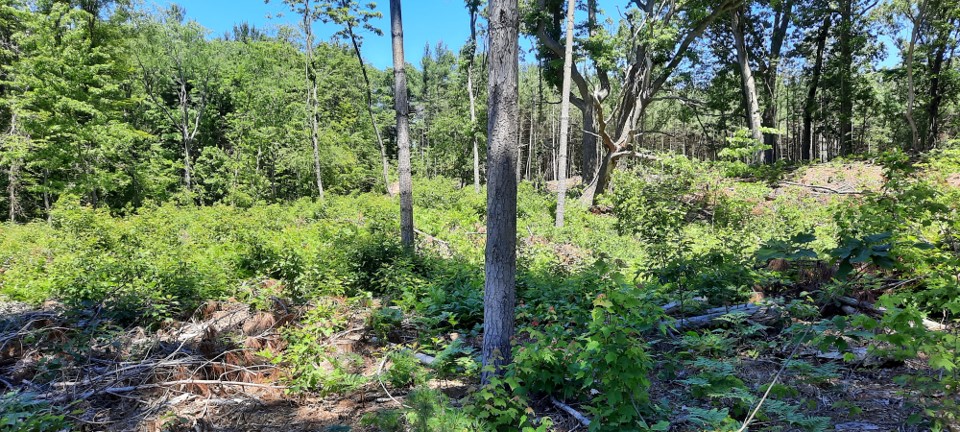
Strategy
Forest Restoration
TNC’s 1,500-acre Ross Coastal Plain Marsh Preserve features an incredibly varied landscape, from sandy, tree-dotted dunes to rich wetlands and forests. This helps make it part of an important “climate corridor” that will help species adapt to changing conditions.
To ensure the preserve can continue to play this important role, TNC undertook a significant restoration—removing 43 acres of an introduced red pine monoculture, and replacing it with 2,300 saplings of native tree species that better reflect the forest’s natural diversity. Now at the end of its first growing season, this area is already showing signs of developing into a more diverse, disease-resistant and climate-resilient forest.
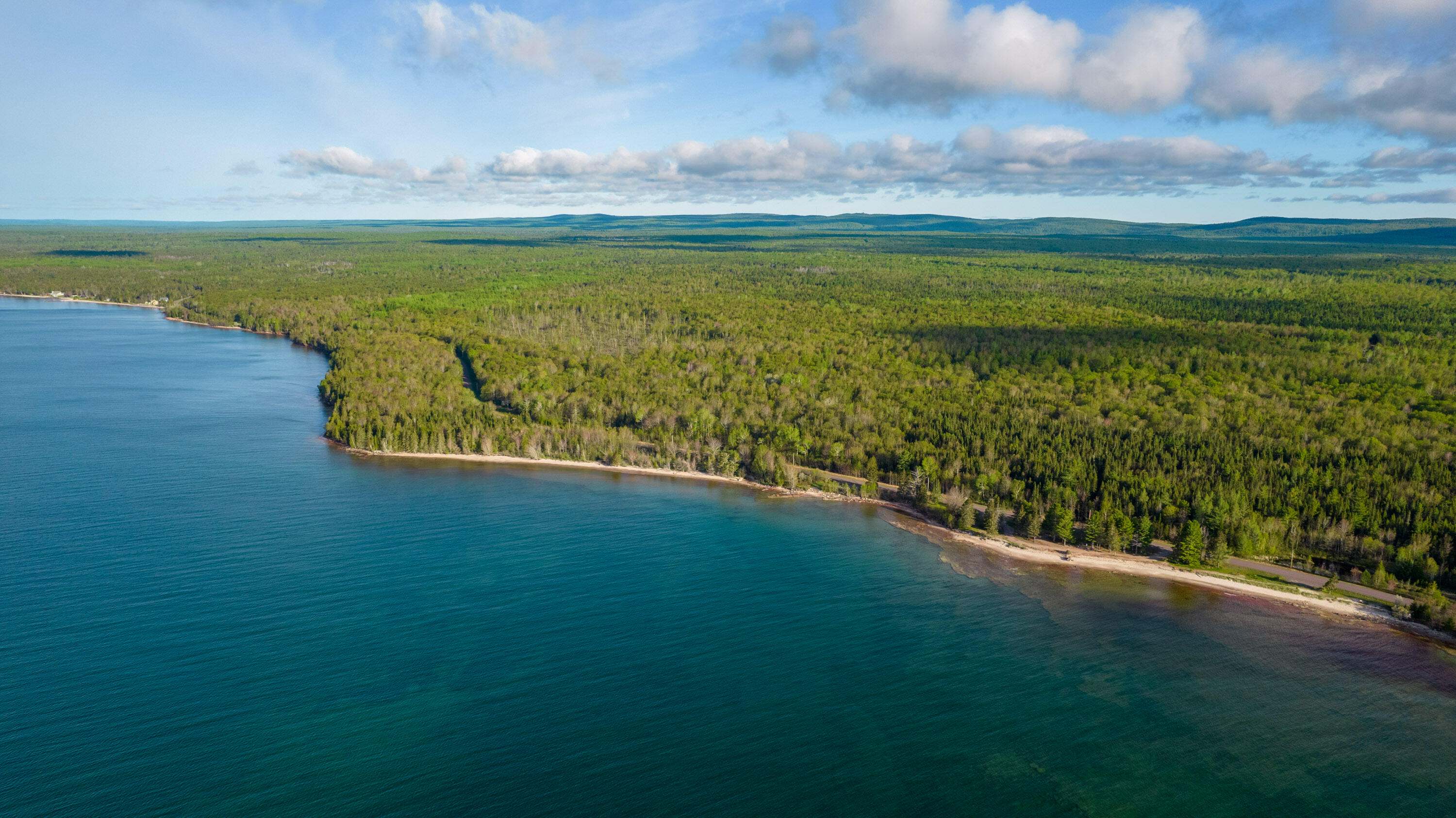
Strategy
Land Protection
In fall of 2022, The Nature Conservancy was thrilled to announce the protection of 31,000+ acres of forestland in Michigan’s iconic Keweenaw Peninsula, acquired from The Rohatyn Group. Formed from one-billion-year-old lava flows and shaped by glacial ice and the waves of the largest freshwater lake in the world—Lake Superior—the Keweenaw Peninsula is at the heart of one of the most beautiful, unfragmented and culturally significant landscapes in the Great Lakes.
Protecting these forests will allow them to be managed for wildlife, climate resilience and freshwater protection, while providing a myriad of ways for people to connect with nature. It also protects important waterways like the Montreal River—a popular location with anglers.
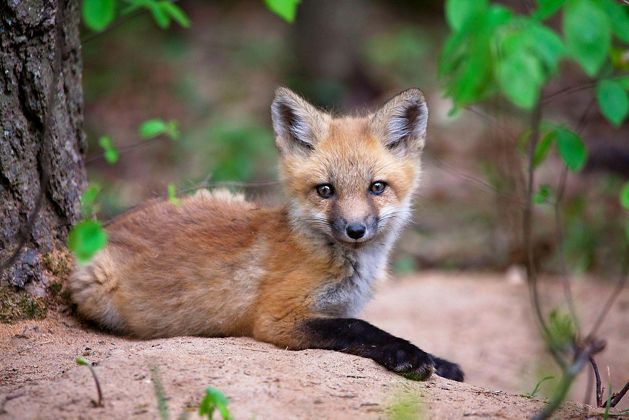
Nature Needs You
Sign up to receive monthly conservation news and updates from Michigan. Get a preview of Michigan’s Nature News email.








